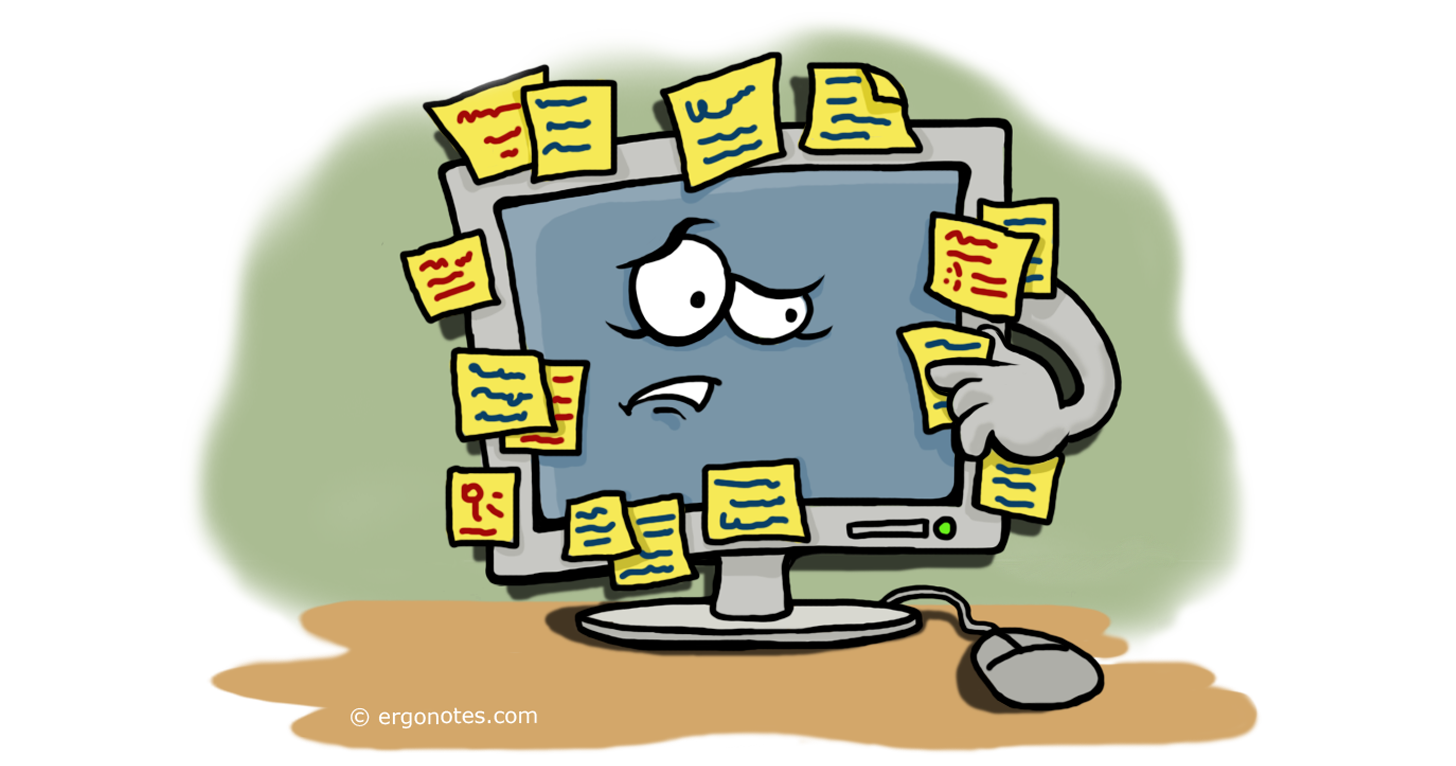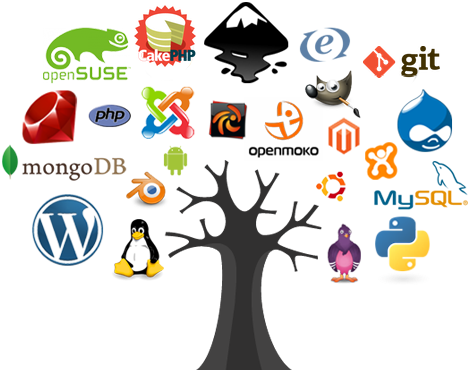Note-taking
 Whether you are a student or an office worker, note-taking is an important activity,1 and too often, it is taken for granted. For historians, however, it is an essential part of the job. The renowned historian of early modern England, Sir Keith Vivan Thomas’s unpretentious and revealing article in London Review of Books2 provides insights into the importance and the evolution of this essential activity to the historians. If the books and articles that come off the press are the end-products of long and painstaking process of research, the notes of the historian are the embodiment of both the method and pieces of the result which are processed by the historian. On the other hand, Thomas writes that
Whether you are a student or an office worker, note-taking is an important activity,1 and too often, it is taken for granted. For historians, however, it is an essential part of the job. The renowned historian of early modern England, Sir Keith Vivan Thomas’s unpretentious and revealing article in London Review of Books2 provides insights into the importance and the evolution of this essential activity to the historians. If the books and articles that come off the press are the end-products of long and painstaking process of research, the notes of the historian are the embodiment of both the method and pieces of the result which are processed by the historian. On the other hand, Thomas writes that
It never helps historians to say too much about their working methods. For just as the conjuror’s magic disappears if the audience knows how the trick is done, so the credibility of scholars can be sharply diminished if readers learn everything about how exactly their books came to be written. Only too often, such revelations dispel the impression of fluent, confident omniscience; instead, they suggest that histories are concocted by error-prone human beings who patch together the results of incomplete research in order to construct an account whose rhetorical power will, they hope, compensate for gaps in the argument and deficiencies in the evidence.
To reduce the gaps as much as possible, good historians need to immerse themselves in the period they study. Taking a larger view than their very narrowly defined topic, they try to read (and in the case of contemporary history, listen and watch) the products of the period of their study as much as possible. As Thomas suggests, this immersion which comes through an open-minded, non-restrictive way of “looking at everything…remotely relevant” to the subject might suggest that the historical method is a sort of “omnium gatherum” of historical material.
While this omnivorousness helps the historian to speak with authority and gather a large number of notes, the problem of putting them together in a coherent and analytical work appears to be the problem. Thomas writes:
It is possible to take too many notes; the task of sorting, filing and assimilating them can take for ever, so that nothing gets written.
How to overcome this difficulty of sorting out the notes and putting them together in a coherent argumentative work?
Keith Thomas in his article points out to the technologies that have in the last two decades become indispensable to historians. But the difficulty persists for those whose bulk of notes are so huge and so difficult to put together on a computer program. Thomas sighs that
But it is far too late to think of transferring this accumulation onto some electronic database. When I look at my cellar, stuffed with cardboard boxes and dog-eared folders, and littered with loose slips which have broken free from overstuffed envelopes, I envy my colleagues who travel light, with their laptops and digital cameras. But, as Gibbon said, where error is irreparable, repentance is useless.
During my master’s but especially in the beginning of my phd, I experimented with different tools and methods of taking notes. At that time, I got hold of Umberto Eco’s How to Write a Thesis (1977, 1985, 2012), where Eco advises using index cards to keep track of the notes and to relate the new cards to the old ones through several methods.3 Although I tried this method, I could not continue it. Apart from the difficulty of organising the cards, their fragility and insecurity in my student’s apartment did not seem very feasible. So, I decided rather to try to mimic the index cards by using more reliable, durable, and secure tools. Enter Microsoft Word, Google sheets and document, and finally OneNote.
I finished my phd thesis thanks to OneNote. Its hierarchical layout (notebooks>sections>pages>2 levels of subpages>paragraphs) provides some sense of organisation. Added to this is the full text search function intrinsic to any digital note-taking tool.
As a fresh phd with an ambition to continue my career as a historian, I began to look for tools to improve my arsenal. That is when I came across many tools which provide many more functions and much more flexibility than the linear hierarchy offered by OneNote. The wiki type note-taking tools have been available for more than a decade (e.g. Org-mode, Tiddylywiki, Vimwiki). However incredible they are in providing a plethora of options to create links between the notes, all of these tools require a steep learning curve and determination. Neophytes can be easily discouraged and begin to question the priority of learning the functions of these tools and taking notes.
More recently, however, there has been a boom in the number of software which provide similar or more functions and better user experience. RoamResearch, which brands itself as “A note-taking tool for networked thought” was until recently a led the market. Despite its alleged ease of use (I didn’t try it myself), it is a very expensive online service with a monthly subscription of $15. Furthermore, your notes are kept in a server and without internet connection you cannot access them.
Luckily there are also cheaper (essentially free) and future-proof tools which provide similar functions and better control over the ownership of your notes. My favourite one is Obsidian, which brands itself as “A second brain, for you, forever”. Obsidian is basically free if you don’t want to buy their file synchronisation service. In any case, you can synchronise your notes by placing your Obsidian project folder in the cloud service of your choice such as GoogleDrive, OneDrive or Dropbox. With Obisidan, you are in control of your notes, their ownership rests with you as they are always on your computer or on your own cloud service. Furthermore, Obsidian uses non-proprietary markdown files which can be read both by humans and computers without a fear of an enterprise going down or service being terminated. In other words, your notes are future-proof! As a result, even if one day Obsidian goes under or you decide to use another tool, you can still make use of your notes. Although there are differences between them and moving from one to another is not straightforward Zettlr can be another option. It has inherent bibliography support and its function to export notes in different file formats such as docx and pdf has made it a favourite among academics. Zettlr is entirely free and brands itself as “a markdown editor for the 21st century”.
All in all, whether a historian or any other knowledge worker, we are required to manage an immense amount of information. The democratisation of these excellent tools, both free and easy-to-use, should not be taken for granted. These tools will probably change our workflows and methods to help save time and energy at the same time (hopefully) helping me see new links between my notes. In my experience, Obsidian is the winner although I have a couple of other note-taking software still installed on my computer, notably Zettlr.
References
-
For a set of advices on note-taking (mostly in the classroom) see https://academicresourcecenter.harvard.edu/note-taking ↩
-
Keith Thomas, “Working Methods.” London Review of Books (2010) 32 (11). ↩
-
Umberto Eco, How to Write a Thesis, MIT Press, 2012. For an excerpt from Eco’s book see https://thereader.mitpress.mit.edu/umberto-eco-how-to-write-a-thesis/ ↩

